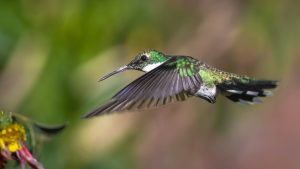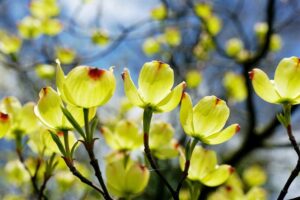It’s that time of year again! The snow is melting, the days are getting longer, and your lawn is probably in dire need of some attention. But don’t worry, we’re here to help. Here are a few simple tips to get your lawn looking its best this spring.
Rake Leaves and Thatch
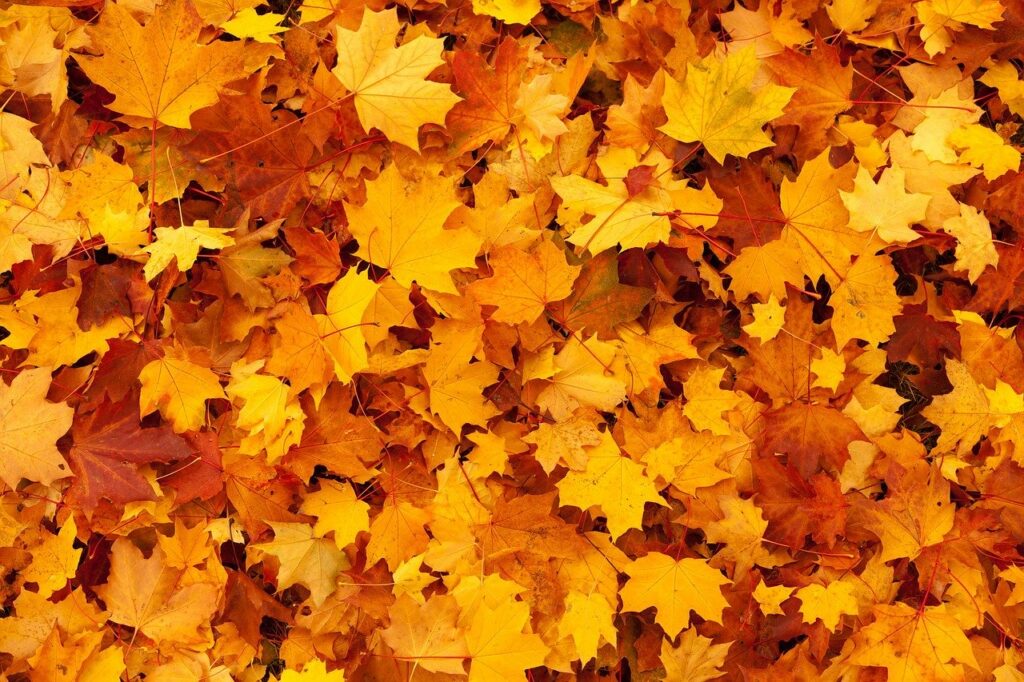
One of the most important things you can do for your lawn in the spring is to remove any leaves or thatch that have accumulated over the winter. Leaves and thatch can prevent sunlight and water from reaching the grass roots, which can lead to unhealthy grass. To remove leaves and thatch, use a rake or a thatch remover. Be sure to dispose of the debris properly so it doesn’t end up back on your lawn.
Aerate

Aerating your lawn helps to improve drainage and allows oxygen, water, and nutrients to reach the roots of the grass. You can aerate your lawn using a hand aerator or a power aerator. If you have a small lawn, a hand aerator will probably suffice. For larger lawns, you may want to consider renting a power aerator. Generally speaking, you should aim to aerate your lawn once per year.
Test Soil
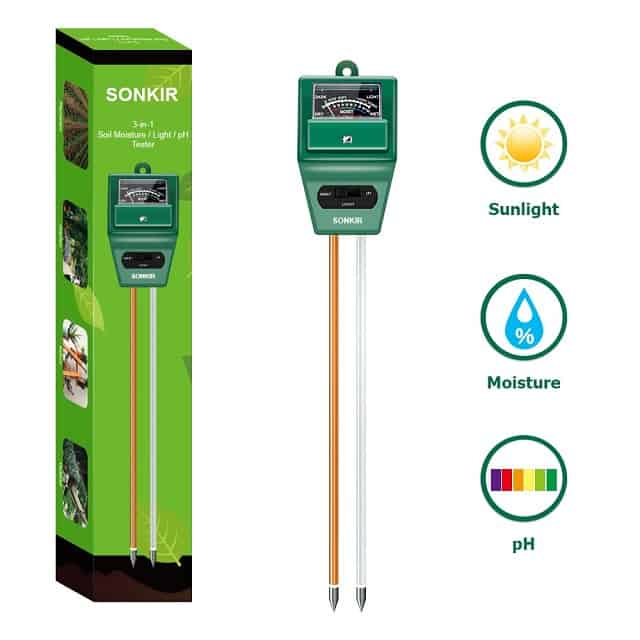
Testing your soil is important because it will give you insight into what nutrients your grass needs in order to be healthy. You can pick up a soil test kit at your local nursery or garden center. Be sure to follow the instructions carefully so you get accurate results. Once you know what nutrients are lacking in your soil, you can take steps to amend it accordingly.
Overseed

Overseeding is simply the process of adding new seed to an existing lawn. Overseeding is important because it helps fill in bare spots, improve drainage, and crowd out weeds. When overseeding, be sure to use a high-quality seed blend that is suited for your climate and soil type. Also, be sure not to overseed too heavily or you’ll end up wasting seed. A general rule of thumb is to use 3 pounds of seed per 1,000 square feet of lawn.
Fertilize
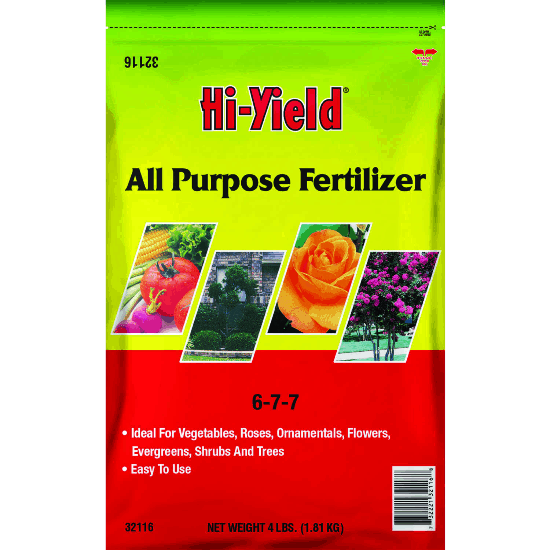
Fertilizing your lawn helps promote growth by providing essential nutrients that may be lacking in the soil. The type of fertilizer you use will depend on the results of your soil test. Be sure to follow the directions on the fertilizer package carefully so you don’t end up overfertilizing and damaging your lawn. Generally speaking, you should fertilize your lawn two or three times per year—once in the spring, once in the summer, and once in the fall.
Apply Pre-Emergent Herbicides

Pre-emergent herbicides help prevent weed seeds from germinating by creating a barrier on the surface of the soil. This barrier prevents sunlight and water from reaching the weed seeds so they cannot grow.
Applying pre-emergent herbicides in early spring (before weeds start growing) is one of the best things you can do for preventing weeds from taking over your lawn later in the season. Just be sure to follow the directions on the herbicide package carefully so you don’t damage your grass or harm any nearby plants or animals.
Apply Post-Emergent Herbicides Post-emergent herbicides are applied after weeds have already started growing in order to kill them off before they go to seed and spread even further throughout your lawn. As with pre-emergent herbicides, be sure to follow all directions when applying post-emergent herbicides so you don’t damage your grass or harm any nearby plants or animals.



